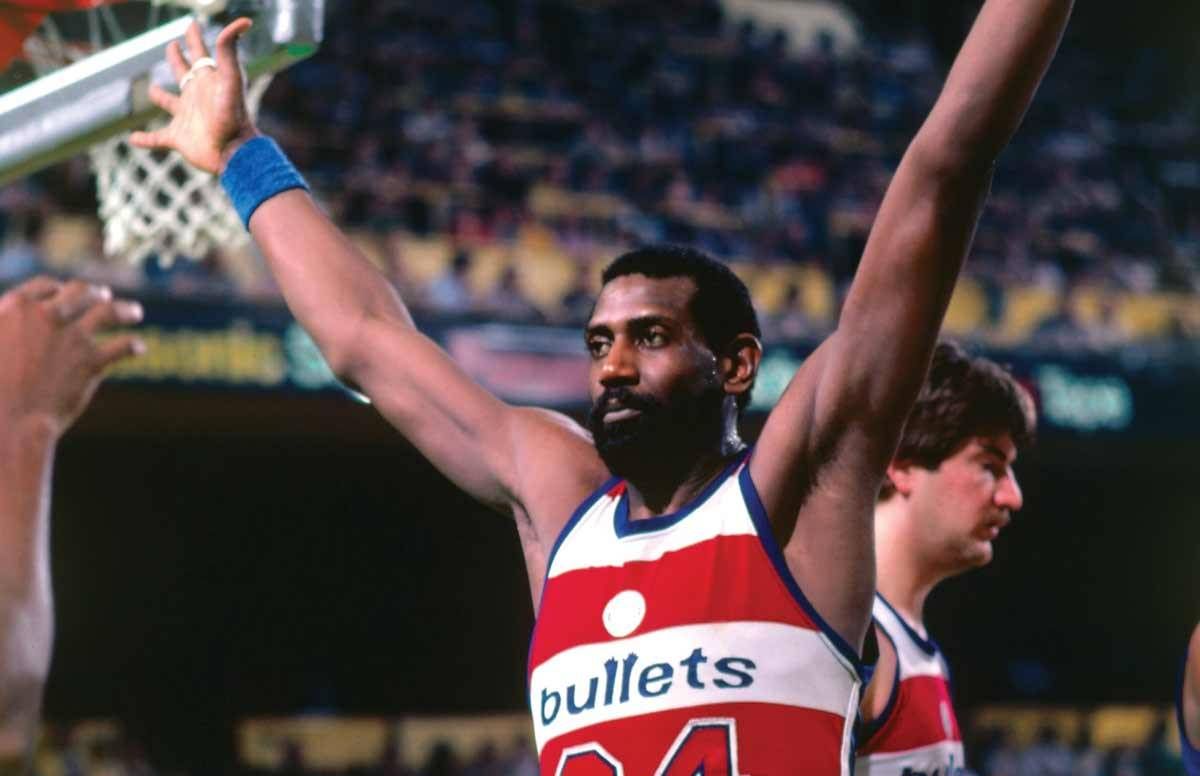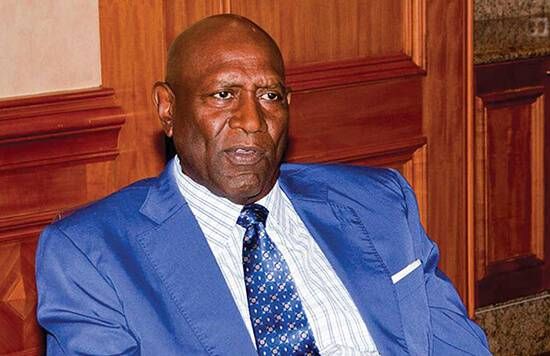Former NBA Players Get Help Pivoting to Second Acts
The Legends of Basketball group assists them to avoid financial fouls
If anyone seemed to have a clear path to a fulfilling post-NBA career and life, it should have been Spencer Haywood. The retired National Basketball Association (NBA) Hall of Famer, now 67, had a career unlike many former NBA players. He went from picking cotton for $2 a day in Jim Crow Mississippi to becoming the first teenage U.S. Olympic basketball player and the only pro to secure MVP, Rookie of the Year and top-scoring and rebounding accolades in a single year.

Riches followed, since Haywood snagged one of the first NBA contracts valued at more than $1 million. (His victory over the NBA and the National Collegiate Athletic Association in a landmark 1971 Supreme Court ruling abolished the requirement that players must wait until they were four years out of high school to play pro ball.)
'I Thought I Was Prepared'
“I thought I was prepared when I left” the NBA in 1983, Haywood said during the recent 8th Annual Legends World Sports Conference in Las Vegas hosted by the National Basketball Retired Players Association (also known as The Legends of Basketball). Planning for a second career in real estate and construction, Haywood said, “I had a mall I had built in Salt Lake City and a large apartment complex in Detroit.”
But, like so many other former NBA players now in their 50s and 60s, Heywood’s second act was anything but effortless.
A cocaine addiction contributed to the end of his NBA career and shattered his fairytale marriage to supermodel Iman. And Heywood believes the league’s payback for his Supreme Court triumph was diminished post-NBA opportunities.
“Looking back on the financial aspects, it was tough times, but not tough times like making $2 a day in Silver City, Mississippi,” said a philosophical Heywood. A director of the retired players association, Heywood hosted the premiere of a documentary about his life and career during the conference, Full Court.
Boomer Pros Saw Far Less Money
The temptations afforded by wealth at a young age have led many pro athletes to squander fortunes and wreck personal lives. According to an oft-cited 2009 Sports Illustrated story, an estimated 60 percent of NBA players are broke or declare bankruptcy within five years of retirement.
While it’s difficult to muster much sympathy for the plight of today’s ultrawealthy pro sports stars, early boomer-era players generally saw only a fraction of the earnings current players command. Given that the average pro basketball career is only 4.9 years, this has meant that many of them have struggled to launch post-NBA lives and finance secure retirements.
The average annual NBA player salary was $35,000 in 1970, according to Basketball in America: From the Playgrounds to Jordan's Game and Beyond. While annual contracts climbed to an average of $180,000 a decade later, no pro from that period saw anything close to today’s $6 million NBA average. (Even Haywood’s headline-grabbing $1.5 million contract was a six-year deal.)
Unprepared When Leaving the NBA
“Very few athletes are prepared when they go into the NBA, and even fewer are prepared when they come out,” said James Donaldson, 58, who is also a director of the retired players’ association. Donaldson played 14 seasons before training to become a physical therapist. He has since opened fitness and physical therapy businesses in the Seattle area.
“I don’t think a man in this room retired voluntarily,” Donaldson said at the retired players association meeting, referring to Heywood, former Utah Jazz standout Thurl Bailey, 55, New York Knick Mike Glenn, 60, and Dwight Davis, 66, of the Cleveland Cavaliers and Golden State Warriors. “We’re known as professional athletes, and when you move out of that world, it’s a huge blow. No one wants to be in that humiliating position of people saying, ‘Didn’t you used to be …?’, especially when that’s who we still want to be.”

Many former players’ troubles stemmed from mismanaging their money, costly divorces and child support due to reckless romantic encounters.
Like Haywood, some struggled with substance abuse.
“While you’re playing, you have these teammates, you have a front office, you have a schedule,” recalled Davis, who played from 1972-77 before a quadriceps injury ended his career at 27. “And suddenly, when you leave the game, you have all of this time and space on your hands. I had collected some bad recreational habits along the way, and when my career ended, those bad habits I had been doing, I began doing more.” His financial troubles eventually forced him to move back in with his parents.
Wisdom of Retired Players
Davis, who now serves as vice chair of the retired players’ association, credits his fellow former players for pulling him out of the abyss. Their 800-member group, he notes, has been a huge help. Founded in 1992, the organization is a nonprofit representing former players from the NBA, American Basketball Association, Harlem Globetrotters and Women’s National Basketball Association.
Among other things, The Legends provides programs and services on career-life transition and finances. The Las Vegas conference, for instance, offered seminars on securing corporate and civic board appointments.
The association is also trying to appeal to today’s players, with an eye toward helping them make the transition to life after the game.
“Leaving pro basketball is like jumping off a cliff,” said Glenn, who attended graduate business classes while a Knick and then earned a stockbroker's license. “When you start that new career, you assume an entirely different role, and you start over as someone else.”
New Benefits for Retired Players
During the Las Vegas gathering, the Legends and the NBA announced a five-year extension of their relationship. The $10.75 million contract is a 48 percent annual increase over the previous pact and includes operational funds and a group licensing agreement to benefit retired players.
In tacit acknowledgement of the financial difficulties that have faced some retired players, the National Basketball Players Association players’ labor union just agreed to substantially boost subsidized health insurance coverage for former players and their spouses. Previously, players who left the league before the 2000 season had no such coverage.
“We know the numbers of how many of today’s players will end of up broke,” said Bailey, now a broadcast analyst for the Utah Jazz and the University of Utah. “They have to be willing to listen. But our guys know what the young players will be up against when their pro careers are over. Our job as an organization is to take our knowledge and share it.”

